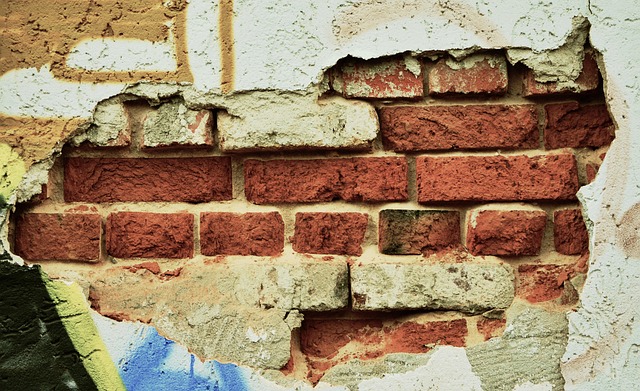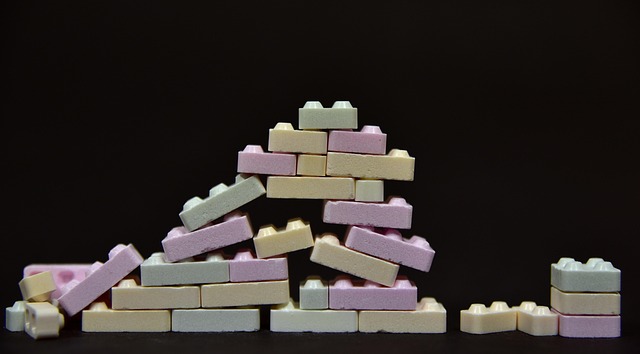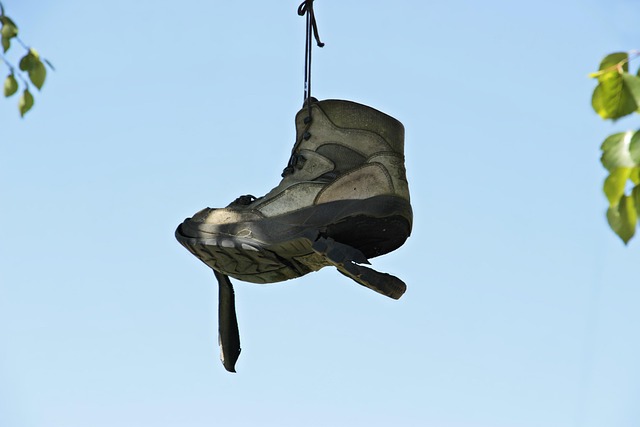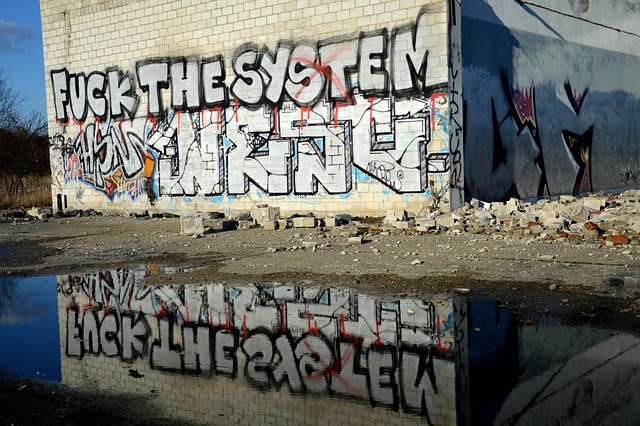Water Leaks in McKinney TX: Detection & Repairs Guide

Water leaks in walls McKinney TX are a common issue driven by outdated plumbing, sealing problems, a…….
In the vibrant city of McKinney, Texas, a silent yet pervasive issue has captured the attention of residents and professionals alike—water leaks within walls. This phenomenon, though often overlooked, presents significant challenges, impacting not only individual homes but also the broader community’s infrastructure and economy. This article aims to dissect the multifaceted problem of water leaks in walls, exploring its causes, effects, and potential solutions. Through a comprehensive analysis, we will uncover insights that can drive effective strategies for addressing this pressing issue.
Water leaks in walls refer to the infiltration of moisture through structural elements of buildings, particularly walls, leading to water damage and potential structural compromise. In McKinney TX, this problem is exacerbated by the region’s unique climate, which experiences fluctuating temperatures and significant rainfall. The core components involved include:
The issue of water leaks in walls is not new, but its impact has become more pronounced in recent years due to several factors. McKinney’s rapid urbanization and the increasing demand for energy-efficient buildings have led to more complex construction methods. While these advancements aim to improve insulation and comfort, they can also create hidden vulnerabilities that are only revealed when water damage occurs.
Historically, traditional building techniques often left certain areas vulnerable to moisture penetration, but these flaws were sometimes mitigated over time as maintenance practices evolved. However, modern construction’s emphasis on air tightness and energy efficiency has created new challenges. Tight insulation and sealed spaces can trap moisture inside walls, leading to condensation and potential leaks when drainage systems fail or are inadequate.
This problem is particularly significant in McKinney due to its humid climate, where high humidity levels contribute to faster mold growth and more extensive damage. Moreover, the city’s recent growth spurt has led to an influx of older homes that may not meet current building codes, adding another layer of complexity.
The issue of water leaks in walls is not limited to McKinney; it is a global concern with varying degrees of intensity. Several factors contribute to its international impact:
Regional Variations:
The economic implications of water leaks in walls are far-reaching, impacting both individual households and the local economy:
| Impact Area | Description |
|---|---|
| Homeowners/Tenants | High repair costs, reduced property value, potential health risks (mold), and disruption to daily life. |
| Construction Industry | Increased demand for remediation services, need for specialized labor, and higher project costs due to extended job durations. |
| Insurance Sector | Rising claims for water damage, leading to higher premiums or stricter policy terms for at-risk properties. |
| Local Government | Additional strain on public resources for infrastructure repair, potential legal liabilities, and increased maintenance costs. |
The market dynamics around water leak remediation are influenced by:
Technology plays a pivotal role in addressing water leaks in walls, offering both detection solutions and remediation methods:
Governing bodies play a crucial role in shaping the response to water leaks in walls through policies and regulations:
Several states in the US have implemented regulations specifically addressing moisture control in buildings, reflecting the growing awareness of this issue. These policies often require:
Despite efforts to address water leaks in walls, several challenges and criticisms persist, demanding attention and innovative solutions:
Real-world implementations of strategies to tackle water leaks in walls offer valuable insights and lessons:
Case Study 1: The Green Building Revolution
In Austin, Texas, a pioneering developer constructed a residential complex using eco-friendly, sustainable building practices. This project incorporated advanced moisture-resistant materials, improved drainage systems, and continuous monitoring for water intrusion. As a result, the buildings demonstrated exceptional resilience to water leaks, reducing maintenance costs and minimizing environmental impact.
Case Study 2: Community-Driven Remediation
In Houston, a neighborhood association organized a comprehensive wall inspection program, empowering residents to identify and address potential leaks early. This community-led initiative resulted in faster response times and reduced repair costs for residents, fostering a sense of collective responsibility.
Case Study 3: Technological Integration
A major commercial real estate company in Dallas implemented a smart building management system that integrated moisture sensors and automated repairs. This technology enabled proactive leak detection and immediate remediation, significantly reducing downtime and associated costs for their properties.
The landscape of water leaks in walls is ever-evolving, with several growth areas and emerging trends shaping the future:
Water leaks in walls McKinney TX represent a multifaceted challenge that demands comprehensive attention. From understanding the underlying causes to implementing technological advancements and policy reforms, this article has provided a detailed exploration of this critical issue. The global impact, economic considerations, and emerging trends underscore the importance of proactive measures. By addressing these leaks effectively, McKinney can enhance its community’s resilience, protect its infrastructure, and foster a more sustainable future.
Q: How can I know if my home has water leaks in the walls?
A: Regularly inspect your walls for signs like bulges, cracks, or stains. Moisture-sensitive paint may also change color. Consider professional wall inspections, especially if your home is older or has had recent construction work.
Q: Are water leaks in walls a common problem in McKinney TX?
A: Yes, due to the region’s climate and building practices. McKinney’s humidity levels and varying temperatures increase moisture-related issues, making it a significant concern for homeowners and builders.
Q: What should I do if I find water damage in my wall?
A: Act quickly! Stop water flow if possible, then document the damage with photos. Contact a professional restoration company or contractor to assess and repair the issue, preventing further complications.
Q: How can building codes help prevent water leaks?
A: Building codes dictate construction standards, including moisture protection requirements. They ensure new buildings are constructed with proper drainage systems and materials that resist moisture intrusion.
Q: Can technology completely eliminate water leaks in walls?
A: While technology offers advanced detection and remediation solutions, it cannot entirely eliminate the risk. However, integrated technologies can significantly reduce occurrences and minimize damage.

Water leaks in walls McKinney TX are a common issue driven by outdated plumbing, sealing problems, a…….

Water leaks in walls McKinney TX are a serious issue requiring immediate action. Common causes inclu…….

Water leaks in walls McKinney TX are common and require immediate action. Identify sources like burs…….

Water leaks in walls McKinney TX are common issues caused by aging pipes, corrosion, and climate cha…….

Water leaks in walls McKinney TX are common but damaging issues. Prompt action is key to prevent ext…….

Water leaks in walls McKinney TX are common but often undetected until damage occurs. Regular inspec…….

Water leaks in walls McKinney TX are common but damaging issues caused by plumbing, weather, and str…….

Water leaks in walls McKinney TX are common but serious issues requiring immediate attention to prev…….

Water leaks in walls McKinney TX can cause severe damage and health risks due to mold. Prompt respon…….